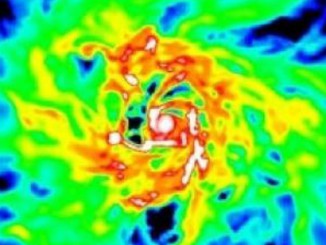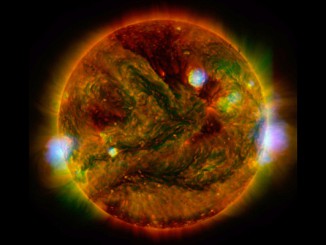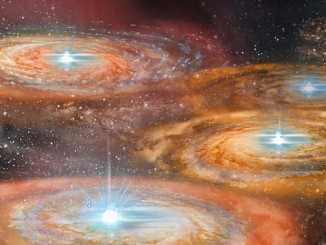
Hubble survey reveals early galaxies were more efficient at making stars
A study just published by University of Texas at Austin assistant professor Steven Finkelstein and colleagues reveals that galaxies were more efficient at making stars when the universe was younger. The announcement explains the team’s discovery that there are a lot more bright, highly star-forming galaxies in the early universe than scientists previously thought.


